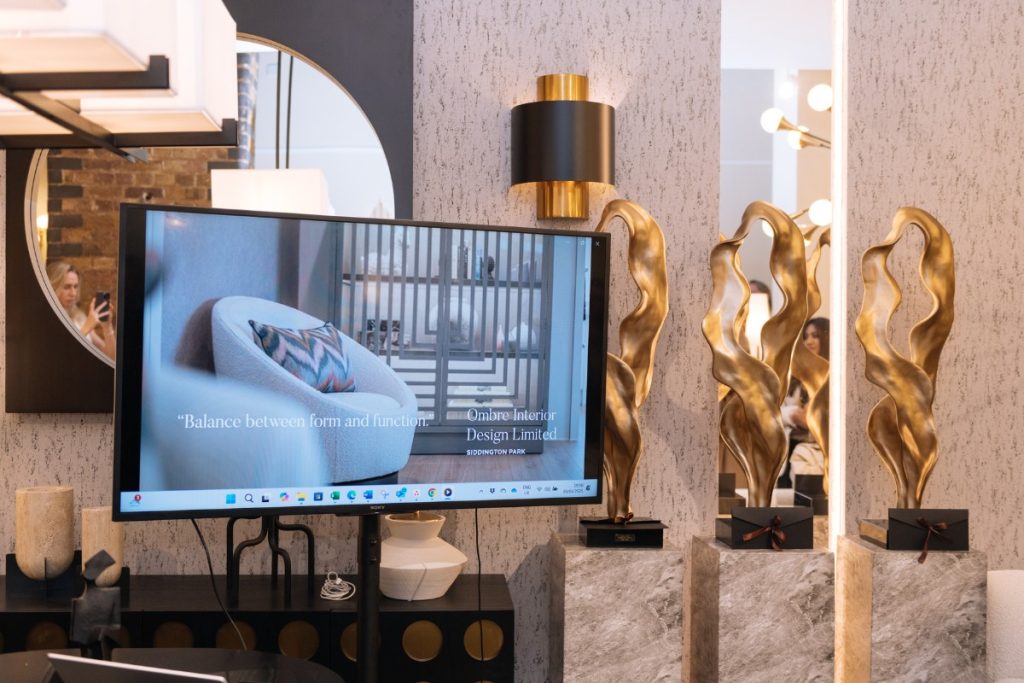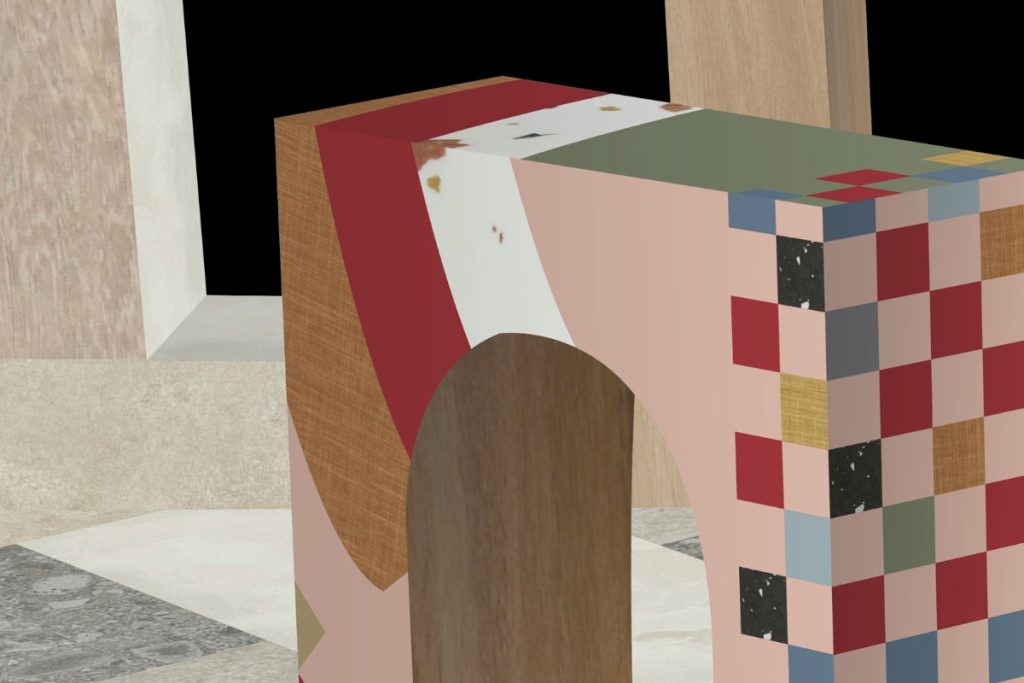An initiative supported by several trade associations to kick-start the economy again by cutting the VAT rate for construction and second-fix fittings was presented to the Government at the start of 2009. One of the key industry supporters was the Bathroom Manufacturers Association.
The focus on business development has shifted towards promoting enterprise, so if the Government is going to reach its self-set carbon omission targets it has to promote initiatives and provide incentives in an environment of financial crisis.
Simple cost-effective improvements can be made to promote the glut of housing stock. Statistics show that some seven million homes throughout the UK fall well below the decent homes standard in terms of bathrooms and kitchens. If the VAT rate were temporarily cut from 15% to 5% as is suggested by industry campaigners, numerous industry wheels would start rolling again such as construction, plumbing, building, tiling, sanitary-ware, tiles, lighting and of course interior design.
As Aileen Campbell, MSP, from the Scottish National Party (SNP) highlighted, cutting VAT to five percent for all repair and maintenance work was official Scottish Government policy but because taxation is decided in Westminster, the Scottish Government was unable to implement such a cut.
With the VAT rate returning to its original 17.5% and SME now facing the cost of adjusting all their stationary and software again, we ask, was it worth it? Did it make a difference, and if it did was the effort put into the reduction a boost to the correct sector of industry?
The year ahead is going to be hard, and we reach the end of 2009 with fewer companies prospering than in previous years so the question we must ask ourselves is, how will we look as an industry this time next year?
The Society of British Interior Design exists to define interior design as a serious profession. Interior designers understand how to do their job but notoriously are terrible businessmen/women. Add that to a haziness surrounding the definition of a professional designer and you can understand why nobody including those within the profession, have increased market share.
The Society clarifies and defines the issue by stating that a designer must have a degree in interior design and two years work experience to describe themselves as a professional designer. This clear definition has separated the immediate difference from those design schools who churn out diplomas and certificates to hundreds of self declared professionals.
The Society has in this clear step brought the UK for the first time in line with the rest of Europe and is the UK body of the European Council of Interior Architects (ECIA) the professional body for measured standards across European.
CASE STUDY – European Countries with 5% VAT rate.
France
43,000 new jobs were created in the construction industry 5.6% growth in turnover in the industry.
Italy
75,000 new jobs were created in the construction industry 35,000 companies emerged from the informal economy to start paying VAT for the first time.
Portugal
Construction companies enjoyed a 20-25% growth.



